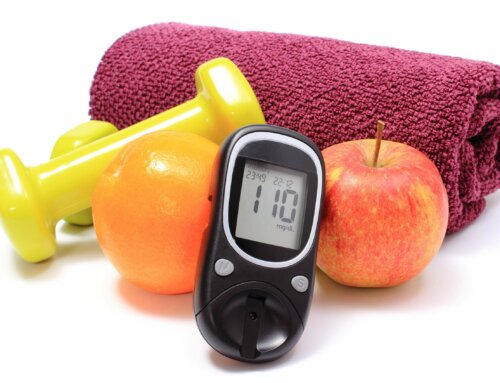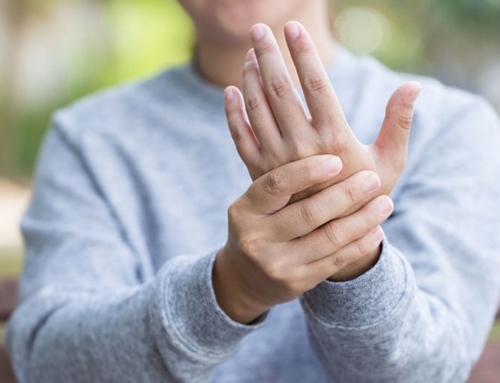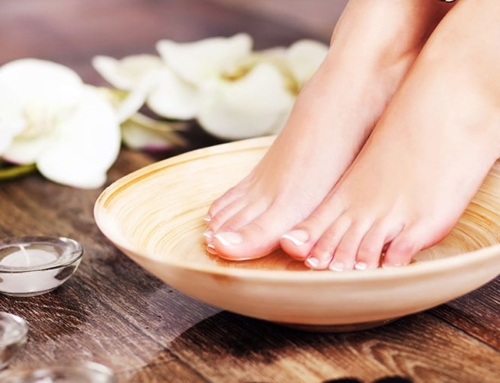The combination of diabetes and wounds can become tricky, especially in extremities such as your feet. It is essential to take care of wounds immediately to avoid further complications. Discover the latest trends in diabetic foot wound care to help keep your feet healthy.
- Prevention is the best option when it comes to diabetic foot wound care. Injuries can increase your risk for various complications. Remember to check your feet daily for sores, calluses, cuts, wounds, temperature changes and irregularities. If you can’t see your feet, use a telescoping mirror to check them or have a family member check for you. Wash your feet each day with mild soap and lukewarm water then dry gently and completely. Apply a foot lotion or cream and avoid the areas between your toes. Clip your toenails straight across. Use an Emory board to file the rough edges. Be careful when going to spas or salons and make sure the facility is clean and the instruments have been sterilized. Tell the technician to clip your toenails straight across and not to cut your cuticles. They should only use a pumice stone for calluses or extra skin. A podiatrist is often a better choice for proper foot care when you have diabetes. Have your feet measured by a professional and wear shoes that fit properly. Ask your doctor about the possibility of getting therapeutic/diabetic shoes that are custom fit to your feet. Check inside your shoes before putting them on to remove potential irritants that could cause injuries. Always wear sturdy shoes, including slippers at home and water shoes at the pool or beach. Avoid going barefoot or wearing shoes that could leave your feet more vulnerable to injuries such as sandals, heels and flip-flops. Wear breathable socks without seams, such as cotton or diabetic socks. Remember to take off your shoes and socks during routine medical exams so your doctor can check your feet.
- Moisturizing your feet can help prevent calluses, dryness and sores that can lead to further wounds. Good diabetic foot moisturizers on the market today include Eucerin, Cetaphil and Aquaphor. Never try to cut or pull off calluses since this can cause a serious injury and infection. The best option when you have calluses is to visit a podiatrist to remove them. Always let your doctor know about calluses, sores and wounds as soon as you discover them. People with diabetes should view foot wounds as emergencies.
- If you use a foot cream regularly and your feet continue to be dry and cracked you might have tinea pedis or athlete’s foot; there are also other types of fungal infections. Talk to your doctor or podiatrist to get a diagnosis and determine the right treatment for your condition. Athlete’s foot can cause your skin to peel which may lead to injuries. Often an antifungal cream, such as Lotrimin, Derman or Terrasil, is recommended. Your doctor might also prescribe a special cream to combat a fungal infection.
- If you discover a sore or wound on your foot, schedule an appointment with your doctor or podiatrist right away. Wash the area gently with mild soap and warm water, then dry it with caution and never rub. The right wound care products can help reduce the risk of infection until you can see a medical professional. Apply a triple antibiotic cream to the area, such as Neosporin. Use light gauze to cover the wound and avoid putting pressure on the area until you can get to a medical facility to have it checked.
- One of the latest trends in diabetic foot wound care is negative pressure wound therapy (NPWT). Controlled negative pressure is applied to the area by using a vacuum-assisted closure device (VAC) to help promote healing. It takes out fluid from open wounds using sealed tubing and a dressing connected to a collection container. This can accelerate healing for people with diabetes who have foot wounds.
- Other trends in diabetic foot wound care include hyperbaric oxygen therapy, culture skin substitutes (often referred to as skin grafts), hydrocolloid wound gels, enzymatic debridement compounds and a gauze with saline to provide ongoing moisture to the wounded area. Additional advances in diabetic foot wound care include silver in wound dressings, biologic wound products and various advanced dressings that contain zinc or iodine which have all shown promise during recent research.
Always have a foot sore or wound examined by a doctor immediately. Try to prevent foot injuries by checking your feet daily and taking proper care of them. Ask your doctor about the latest trends in diabetic foot wound care during your visit.






You’ve got some great tips for diabetic foot care. I like how you said that something as simple as moisturizing can help keep calluses and sores away. My brother has diabetes, so I’ll tell him to do this.